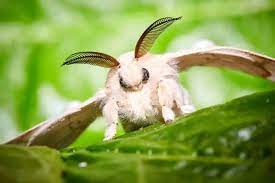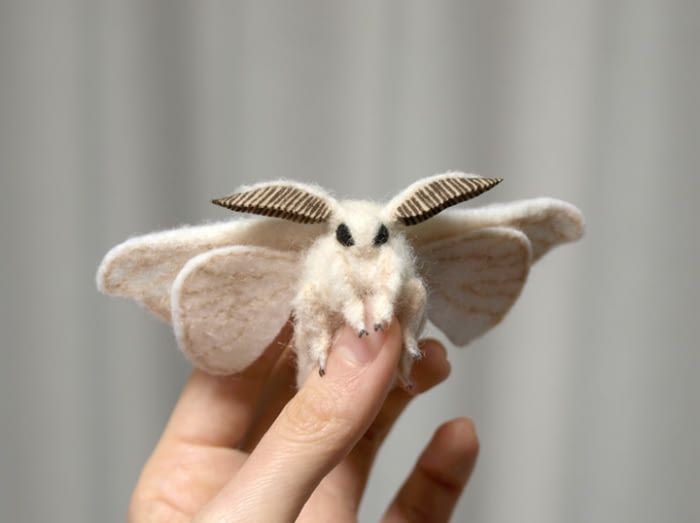In the fascinating world of insects, the poodle moth has emerged as an internet sensation, captivating people with its unusual and somewhat endearing appearance. This furry, almost toy-like creature often raises questions about its nature and behavior, particularly concerning its potential danger to humans. Let us delve into the truth about the poodle moth and whether it poses any real threat.
What is Poodle Moth?
The poodle moth, an insect that gained fame through viral images on the internet, is a species of moth that looks surprisingly like a furry poodle dog. Discovered in 2009 by Dr. Arthur Anker in Venezuela, its unique appearance has sparked both fascination and questions about its behavior and potential danger.
What does Poodle Moth Look like?
The poodle moth is characterized by its fluffy white body, large eyes, and antennae that resemble a poodle’s furry ears. It belongs to the family of moths known as Lepidoptera, which includes both moths and butterflies. However, due to limited scientific study, the exact classification and species details of the poodle moth remain somewhat of a mystery.
What is Poodle Moth Habitat?
Poodle moths are believed to inhabit parts of Venezuela and possibly other areas in South America. Like most moths, they are nocturnal creatures, coming out at night to feed and engage in their various activities. Understanding their lifestyle and habits is crucial in assessing their interaction with humans.
Can a Poodle Moth Kill You?
The primary question that seems to intrigue people is: “Can a poodle moth kill you?” To answer this, it’s essential to look at the general characteristics of moths. Moths, as a rule, are not dangerous to humans. They don’t possess venomous stingers or harmful toxins that could pose a significant threat to human life.

Image courtesy: https://blog.rapusia.org
Poodle Moths and Human Interaction
Poodle moths, in particular, have not been documented to have any adverse effects on humans. There is no evidence to suggest that they are poisonous or aggressive. Like most moth species, poodle moths are likely more interested in avoiding human contact than engaging with people.
Moths in the Ecosystem
Understanding the role of moths in the ecosystem can also provide insight into the nature of the poodle moth. Moths play crucial roles in pollination and as a food source for other animals. They contribute to the biodiversity and health of their habitats, making them an important part of the ecological balance.
Myths and Misconceptions around Poodle Moth
Due to their distinctive appearance, poodle moths have been subject to various myths and misconceptions. It’s crucial to differentiate between sensationalized internet stories and factual information. The reality is that the poodle moth, despite its unusual look, is just another moth species with no known harmful qualities.
What do Poodle Moth Need to be Researched?
One of the challenges in fully understanding the poodle moth is the lack of comprehensive scientific research on this particular species. Further studies are needed to uncover more details about its behavior, diet, and ecological impact. Such research could provide more definitive answers about this intriguing insect.
Educational Importance
Educating the public about insects like the poodle moth is important. It helps dispel fears and misconceptions and promotes an appreciation for the incredible diversity of the insect world. Understanding that most insects, including the poodle moth, are harmless and play essential roles in our environment is key to fostering a respectful and knowledgeable approach to nature.
The poodle moth, with its unique and whimsical appearance, is not a creature to be feared. There is no evidence to suggest that poodle moths are dangerous or capable of harming humans. Instead, they should be viewed with curiosity and appreciation as another fascinating member of the diverse world of insects. So next time you come across a picture of a poodle moth, remember that this peculiar-looking insect is just another harmless and intriguing part of our natural world.
Featured image courtesy: https://in.pinterest.com/pin/465278205244302304/
